Why We Vaccinate Wildlife
By Ame Vanorio © 2016 Updated March 2, 2025
Vaccinating wildlife is a very controversial issue and has been hotly debated among wildlife rehabilitators, biologists, and veterinarians.
Your state Department of Fish and Wildlife may tell you to do one thing and your veterinarian or board members another. To complicate matters, we give wildlife vaccines off-label, meaning they are not legally cleared for use on wild animals.
In addition, vaccines are an added expense for wildlife rehabilitators. Many rehabbers may be comfortable giving shots, however many states require a veterinarian to give the rabies vaccine.
All of the wildlife that have come through Fox Run Environmental Education Center are vaccinated, dewormed, and treated for parasites according to their age and species. We do this to protect all the animals in our care, ourselves, and our domestic animals.
One of my rehabilitation foxes from 2020.
What Are Zoonotic Diseases
Zoonotic diseases are those diseases that can be passed from animals to humans. Rabies is probably the most famous zoonotic disease. The Bubonic Plague was given stardom during the Middle Ages and is still with us today. Others include Salmonella, Leptospirosis, and Roundworms. These diseases come in the form of bacteria, parasites, and viruses.
Interestingly there is also a reverse zoonotic disease where humans can make their pets ill. Examples of this are Staphylococcus aureus (MRSA), H1N1 influenza, and the more recently coronavirus. In 2020 coronavirus was passed from zookeepers to animals in their charge most notable tigers at the Bronx Zoo.
Zoonotic diseases are a public health concern that affects everyone. Vaccination of wildlife in rehabilitation centers, as well as vaccination programs aimed towards wildlife in public parks and urban areas, has helped to reduce the occurrence of many zoonotic diseases.
Zoonotic diseases are a public health concern that affects everyone in the community. European countries have been much more proactive in this area than we have been here in the USA. In part possibly because their communities are much older and established with a high incidence of urban wildlife.
In fact, fox rabies in 13 European countries has been virtually eliminated. An aggressive program using trap/vaccinate/release and oral rabies vaccination (ORV) over the past twenty years has been very successful. In Europe, it is very common to have foxes living in urban areas where the disease was considered a public health threat.
The goal of immunization is to increase the animal’s ability to fight disease and to slow disease transmission among a population. They keep the animal from suffering and increase their quality of life. Vaccines have proven to be a way to manage and control many zoonotic diseases.
Check out my blog on the Fantastic Fox
The Rabies Virus and Humans
Rabies is perhaps the most well known zoonotic disease. It affects the central nervous system and is almost always fatal. Rabies is a virus which is spread by saliva which is transmitted when the animal bites or scratches you.
Rabies deaths are extremely rare now in the United States and the Center for Disease Control (CDC) states that only 3 or 4 deaths occur per year. However, about 40,000 people are treated each year for exposure to rabies. This post-exposure prophylaxis (PEP) is necessary to keep them from developing the virus and dying. Any person who has been bitten by a wild animal should seek medical attention immediately.
The rabies vaccination was developed by the famous French biologist and chemist, Louis Pasteur, (1822-1895) who is considered the Father of Microbiology. Pasteur is famous for developing the concept of germ theory, which led to pasteurization and developing rabies and anthrax vaccines.
While several protocols have been developed to treat rabies victims they are still considered experimental and are not always successful. Read our opossum blog to see how these fascinating animals have played a role in rabies research.
Check out my YouTube Channel for videos on wildlife, organic gardening, and environmental education.
Rabies in US Wildlife
The National Rabies Management Program, administered through the USDA APHIS program, has a goal to “prevent the further spread of wildlife rabies and eventually eliminate terrestrial rabies in the United States”.
The Oral Rabies Vaccine (OVR) is distributed through the US Fish and Wildlife Service in collaboration with USDA. Currently, 13 states are distributing raccoon ORV and Texas distributes ORV for coyote and fox populations. Kentucky does not have ORV drops but it is being distributed along our border in Virginia and West Virginia.
The ORV is contained in small sachets covered in fish meal that encourage the animal to bite into the sachet, releasing the vaccine.
Some US states or countries use hunting or trapping to purposefully decrease population and therefore reduce transmission. There is no scientific evidence that this strategy is effective. These methods used indiscriminately are often ecologically unsound and can promote public outcry.
There are actually several virus variants so you may hear the terms raccoon rabies or skunk rabies. Within bats there are several bat rabies virus variants. This is because viruses (like the flu) often mutate and change to become stronger.
Pictures below of the Rabies Vector species in Kentucky: Bat, skunk, fox, raccoon, and coyote - listed in order of occurrences.
Photo credits: Ame Vanorio - skunk, raccoon, fox, Sally Dixon - bat, and Anthony Roberts - Coyote
Vaccination of wildlife can also assist in keeping our domestic livestock safe and healthy. The occurrence of rabies has increased in cattle. The Center for Disease Control reported 24 rabid cattle were identified in 2022. Cattle usually get bitten by infected wildlife when the wildlife come to eat from their food trough.
Working With A Veterinarian
In most states, including Kentucky, all licensed wildlife rehabilitators must have a veterinarian that they work with to ensure the animals in their care receive appropriate treatment. Some veterinarians refuse to treat wildlife and finding a vet who is willing to work with rehabbers is a blessing indeed.
Below from left to right: Dr. Glaza giving Ponyo an exam, me helping one of the vet students, Brittany, with surgery, Dr. Glaza examining one of our rehabilitation turtles.
Vaccination Schedules
Most states require rabies vaccinations for dogs, cats, and sometimes ferrets, with those animals needing to be vaccinated after a certain age, usually between three and six months.
Studies have suggested that two shots lead to adequate antibodies. We give them boosters to make sure they are protected and to adhere with state regulations.
According to Merck’s Veterinary Manual “Individual animal and vaccine variability make it difficult to estimate duration of protective immunity” (Merck, pp.2771) Yet another reason it is so important that wildlife rehabilitators work closely with their veterinarian.
Baby animals are all born with immunity from their mother. These natural antibodies must wear off before the animal can receive immunizations or they will not be effective.
The rabies vaccine is not licensed for wildlife and established administration schedules have not been studied or established (Merck, pp. 2059). So when we administer inoculations it is with the understanding that it is “off label”. More research is certainly needed in this area, not only for wildlife but as an assurance for quality public health.
Protecting Your Pets From Wildlife Diseases
Vaccinating your pets is the #1 way to protect them.
Keep an eye on your pets when they are outside. Don’t let them interact with wildlife.
Don’t feed your pets on the porch or in the yard as it will attract wildlife.
If you see a wild animal acting strangely call animal control or your local Fish and Wildlife officer.
Pre-exposure Rabies Vaccinations
Many people do not realize it but there is a rabies vaccine that is given to people who are at risk of getting bitten by a rabid animal. Veterinarians, wildlife biologists, missionaries that travel to remote third world areas are often advised to receive the pre-exposure vaccine.
It is highly recommended that any wildlife rehabilitator who works with rabies vector species receive this series. It is given in the muscle, usually the upper arm, and consists of three injections, one injection per day on days 0, 7, and 21 or 28.
The series does not eliminate the need to seek care if you are bitten by an animal. It does make the care easier and less complicated. Persons who have had the pre-exposure series should get their serum (titer) checked every two years. If the reading falls below 1:5 serum dilution then the CDC recommends a single booster shot.
Terry Brunjes, of the Kentucky Department of Fish and Wildlife, encourages all licensed rehabbers to receive their pre-exposure vaccinations. “Persons working with mammals should use personal protective equipment (PPE), get pre-exposure vaccinations, and specialized training in rabies vector species. Rabies Vector Species should never come into contact with anyone other than the permitted wildlife rehabilitator. If a human comes into contact with an animal in which rabies is suspected, observation alone is inadequate. By law, the animal must be tested by microscopic examination of brain tissue” (KYFW letter to rehabbers, 2019) .
Distemper Vaccines for Wildlife
This article has focused on rabies since it is deadly, but distemper is also a serious disease. Distemper is NOT zoonotic and humans do not get it. However, your pets and livestock can get distemper from wildlife.
Distemper is a viral disease which effects otters, mink, striped skunks, red and gray fox, raccoons, coyotes, and weasels. Mortality is higher in juveniles than adults and outbreaks can occur at any time of year but are more common in warm weather.
Distemper often “looks like” rabies. It has many of the same symptoms including disorientation, emaciated appearance, hardened foot pads, loss of fear in humans and discharge from the eyes and nose. Distemper is very common in parts of our state.
Distemper is spread through body fluids such as saliva and fecal droppings.
Kentucky Positions on Vaccines for Wildlife
By now it is obvious that I am in favor of vaccinations for wildlife and feel that we have an obligation to the animal and the humans in our community.
However, to be fair I should state the viewpoint of the Kentucky Department of Fish and Wildlife, where I had a licensed rehabilitation center for many years.
Their statement on medical procedures is as follows.
“Wildlife shall only be treated for injuries or illness necessary for their survival. Neutering or spaying a wild animal greatly reduces their quality of life. It is also a violation of law. Vaccines are often unnecessary and expensive. Follow up vaccinations are often required a year after the initial dose. Wildlife must be released immediately after recovery. It is illegal to keep a rehabilitated animal simply to administer follow up vaccinations” (Letter to Wildlife rehabilitators, 2019)
In Kentucky, rehabilitators have 180 days in which to treat and or rehabilitate wildlife. At Fox Run we release animals as soon as they are ready, which is often in three or four months, depending on the species. We do hold fawns until after modern gun hunting season ends in November. That gives them an extra year to learn people are scary and a fair shot during the next season hunting season.
We feel that 180 day time frame is often adequate to get them two rabies and distemper inoculations. We agree that animals should not be held over to meet an arbitrary vaccination schedule. Animals have a definite optimum time when they are ready to be released.
What Can Wildlife Rehabilitators Do to Prevent Disease in Their CEnters?
Work with your vet to develop an intake and treatment protocol.
Keep wildlife separate from domestic animals.
Have a quarantine area for incoming animals.
Keep areas clean and sanitized.
Always wear gloves.
Keep good records.
Try to lower stress to improve health. (Yours and the animals!)
The Black-Footed Ferret is an example of an endangered species that recovered successfully in part due to a vaccination program.
Vaccines Have Been Critical in Saving Endangered Species
Endangered animals have been saved by populations receiving immunizations. The Black-Footed Ferret is an example of an endangered species that recovered successfully in part due to a vaccination program.
The Black-Footed Ferret is susceptible to a variety of the plague they got from eating prairie dogs. In addition, distemper had lowered the population which was close to extinction. A controlled breeding program and vaccination schedule allowed the successful reintroduction of thousands of healthy ferrets in native prairie ecosystems.
Take Away
Everyone interacts with wildlife. You may not always spot them but the wildlife life is in your yard, your barn, and roaming your community. Your dog may encounter a raccoon on their morning jaunt or deer may have spent the night munching on your roses. An opossum may be eating a dead bird in your yard. Vaccinating wildlife is just one component of managing a healthy population and practicing good public health.
Author, Ame Vanorio is the founder/director of Fox Run Environmental Education Center.




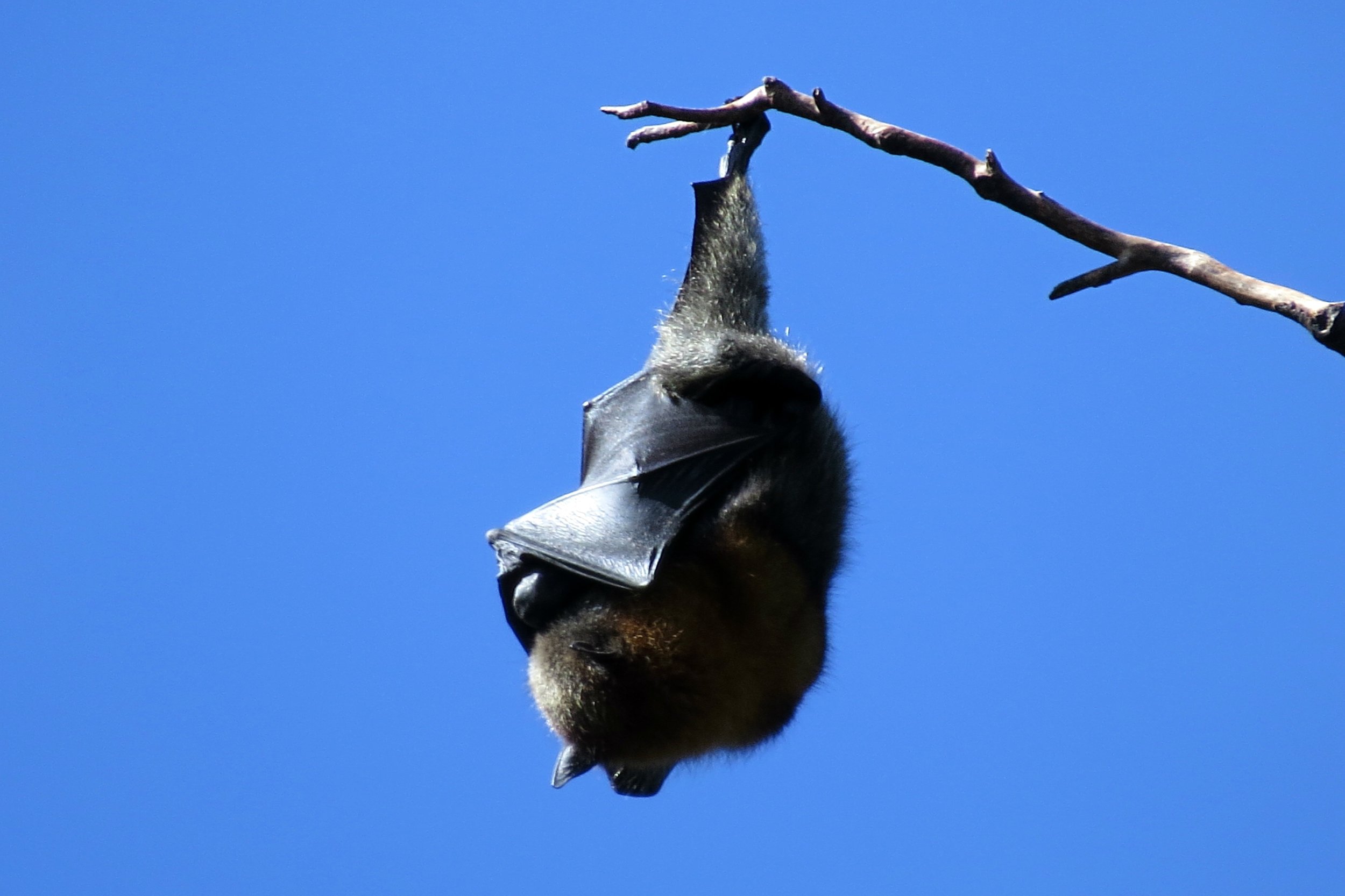
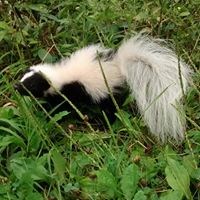
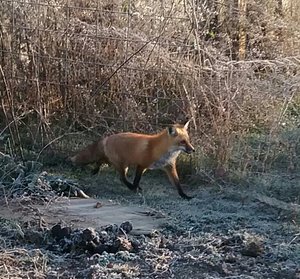

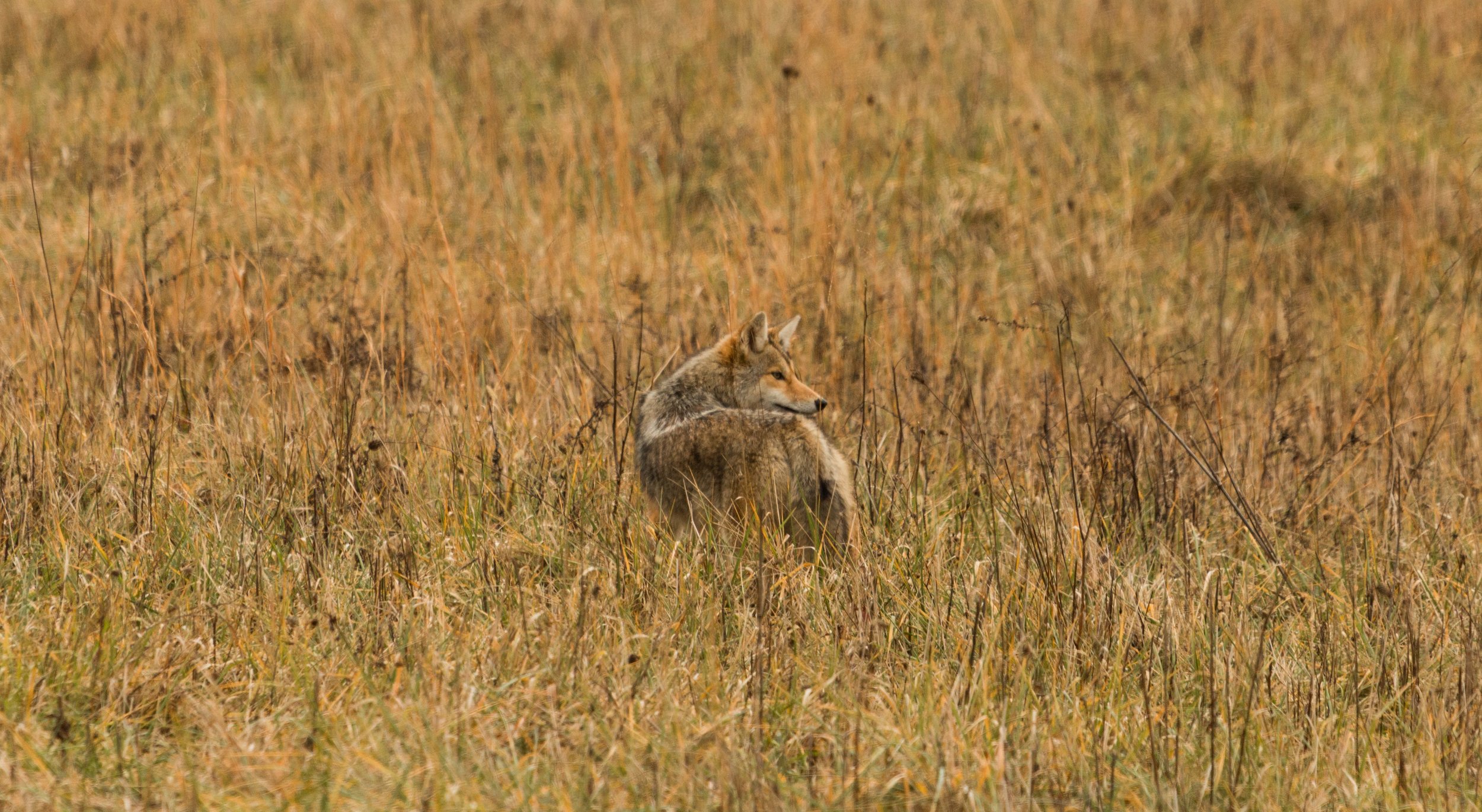
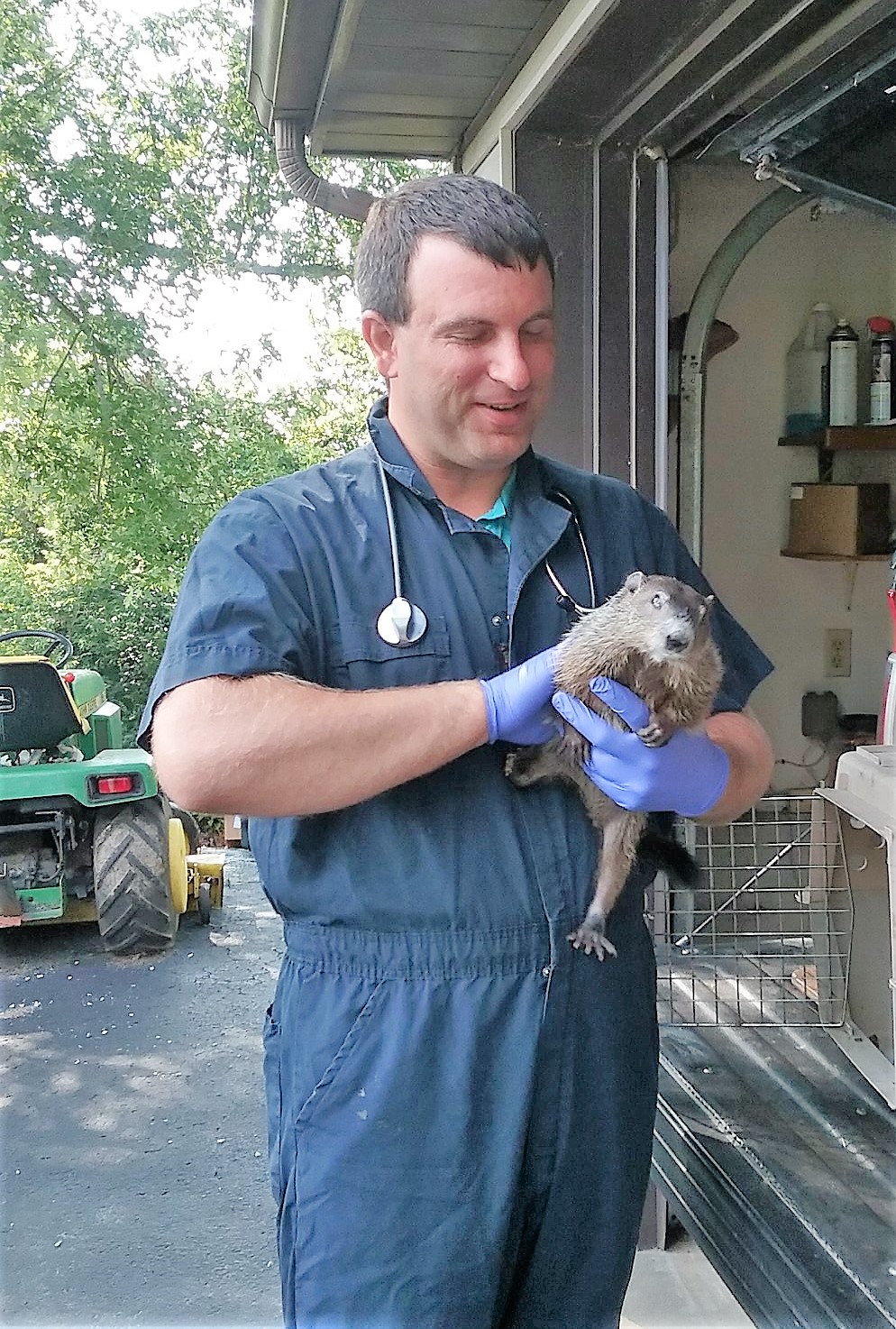
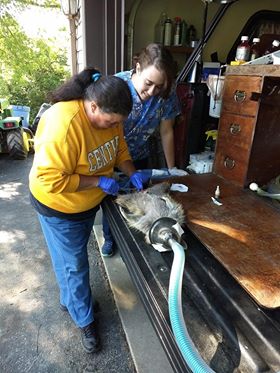






Kentucky is home to two fantastic fox species: the Gray Fox and the Red Fox. While both belong to the Canidae Family they are distinct cousins (note the different scientific names). Foxes are a delightful part of folklore and have a well-earned reputation for being cunning and sly.